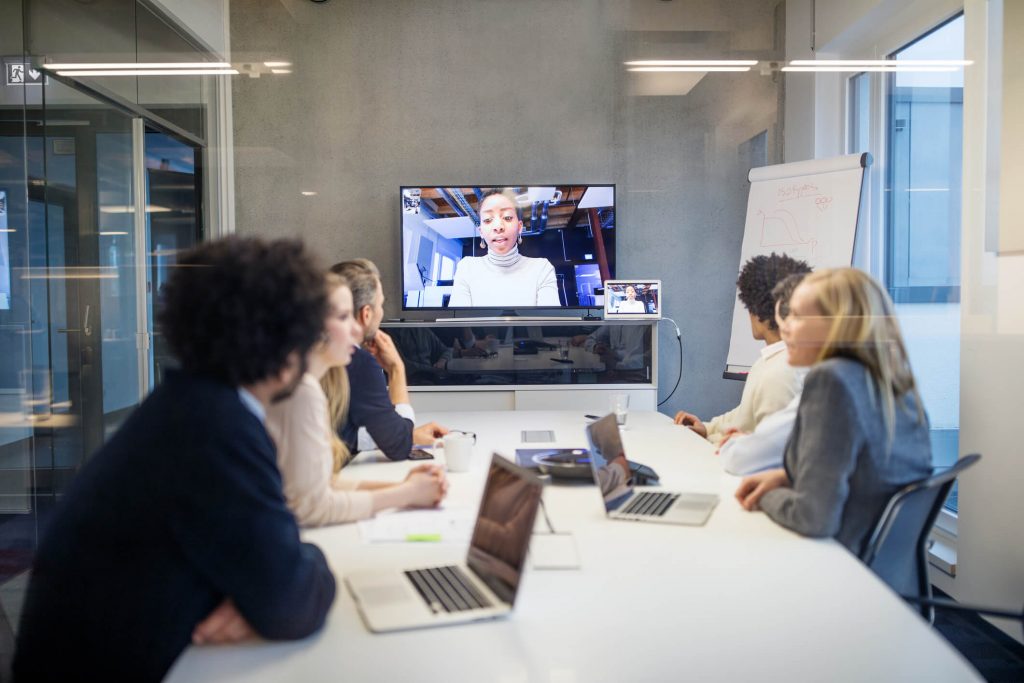Sponsored article
The current situation has forced employers around the world to move some of their responsibilities and tasks to the virtual zone. Does this have its pluses, or is it just a necessary measure that will be abandoned as soon as such opportunities arise?
Remote training conveniently brings together professionals and participants from all over the country – or even beyond its borders – thus facilitating many organizational issues. However, it is worth knowing how to conduct a successful remote training.
Remote training must contain the same conditions to be useful as traditional training. What are these conditions?
First of all, it is necessary to make sure that knowledge is transferred in an interesting and, what is equally important, involving manner of training participants. A definite disadvantage mentioned by participants of remote training, but also by pupils and students during remote learning, is that it is much more difficult to concentrate during this kind of training. This puts extra responsibility on the trainers and the need to reach for more engaging techniques.

On the other hand, a definite plus is that such training can be done in the comfort of your own home. What does this mean in practice? Above all, it means that you can ensure that your employees – or job applicants if you are talking about initial training – meet with specialists from all over the country. For larger companies, this is especially beneficial, and large companies have long held teleconferences when a specialist in a particular field works in another city. It’s a good idea to take advantage of streaming apps, which allow the company to ensure the best transfer of data. To meet the difficulties of remote knowledge transfer, Microsoft has come out with its Microsoft Open Office suites. In addition to the popular Teams application, which allows you to conveniently connect to a training group, chat and disk, where you can upload materials, it also often offers corporate Skype
When the participants of a meeting – be it a training session or any other kind of gathering – are not able to gather in one place for various reasons, the most important thing is to make sure that each of the parties of the virtual conference can hear everything, be heard properly, have access to the presentation and see the presenter. This is why it is so important to choose the right videoconferencing equipment. It is worth taking care to equip your employees with high-quality headsets, if remote meetings are held frequently. The leader, on the other hand, should have an appropriate set for a videoconference, including a camera (preferably fullHD), a hands-free set and omnidirectional microphones. Every employer can easily find the equipment that best suits their needs.

What is the difference between these two concepts? E-learning training doesn’t really require the participation of the person who is imparting the information. It is a great way to enrich the knowledge of people who already work in your company. Some trainings can be conducted in the form of e-learning on one of many available, convenient platforms. The simplest ones are nothing more than presentations with text and images, ending with a test. Those much more developed take an interactive form, where the trainee has to solve tasks while learning. Thanks to that you can be more sure that the presentation will not be “cliched” and the trainee will be actually engaged in gaining knowledge. The advantage of such form of remote training is that the trainer works on the training once, creating e-learning, and the rest is done by the system. Also, there is no need to gather all employees in one place (which often results in lack of employees from a given department at a given hour), and everyone can do the training at their own desk, at a time chosen by them or their superior
Main article photo: photo by Alistair Berg / DigitalVision / Getty Images